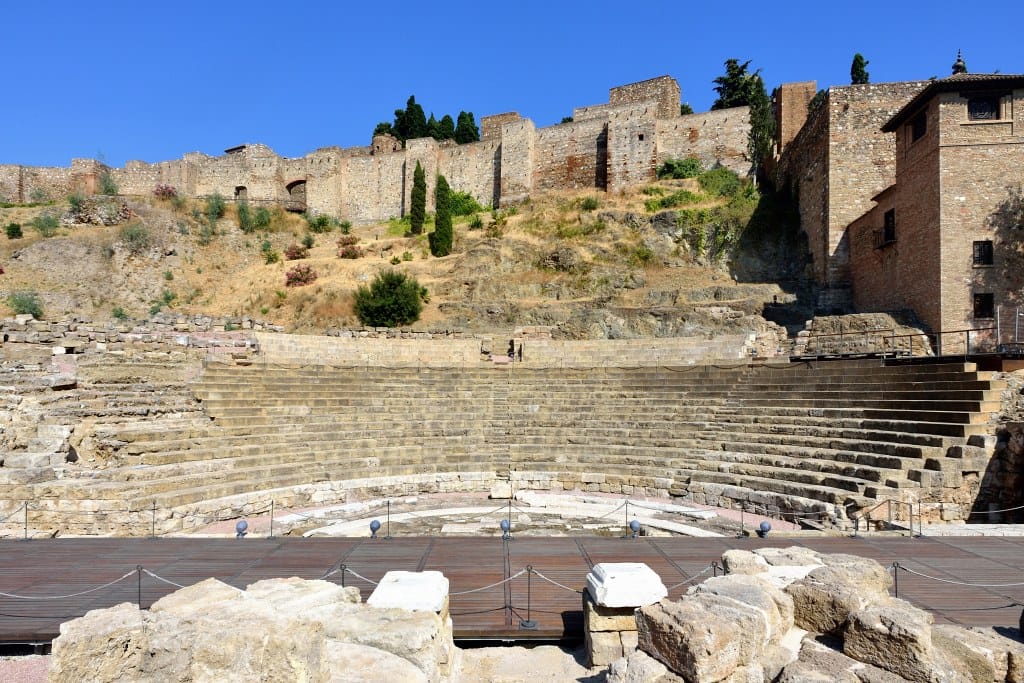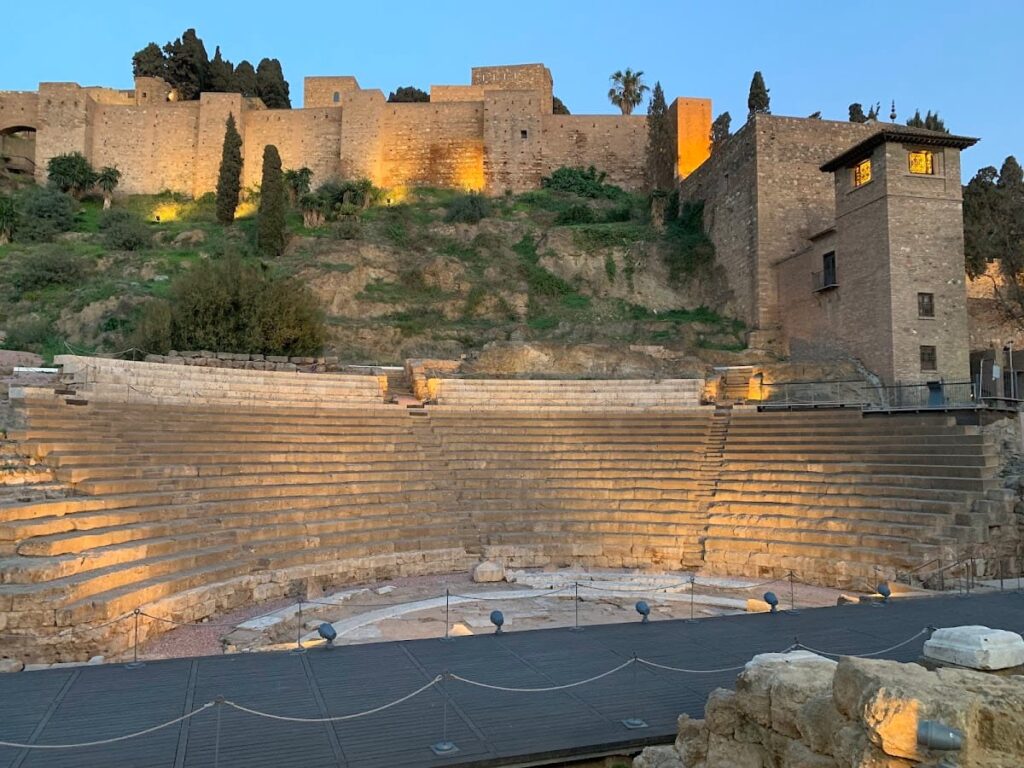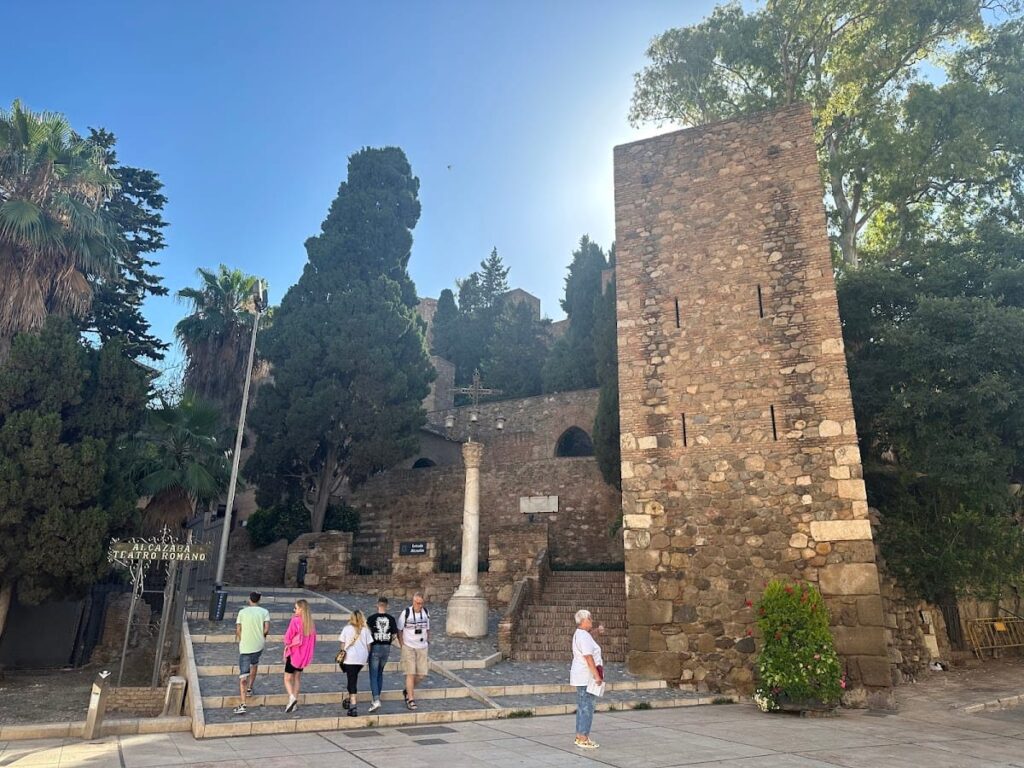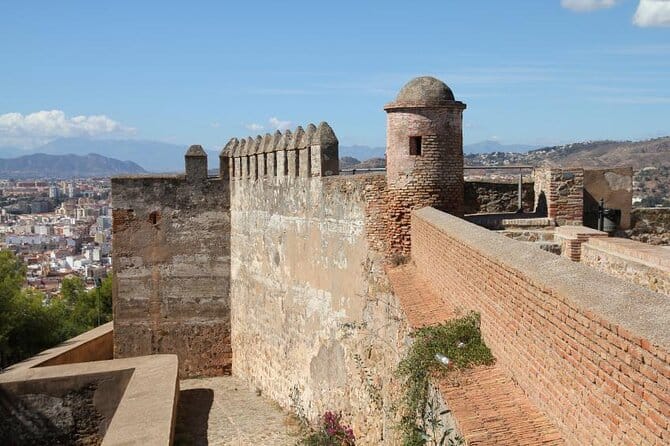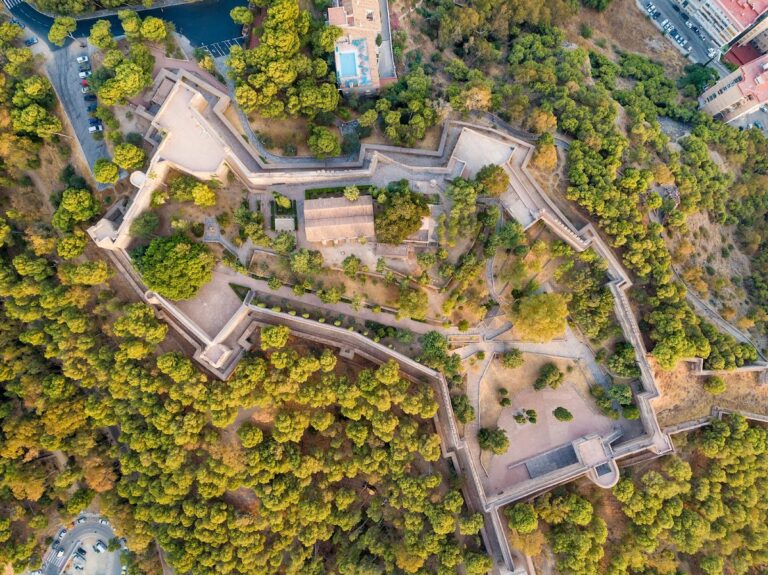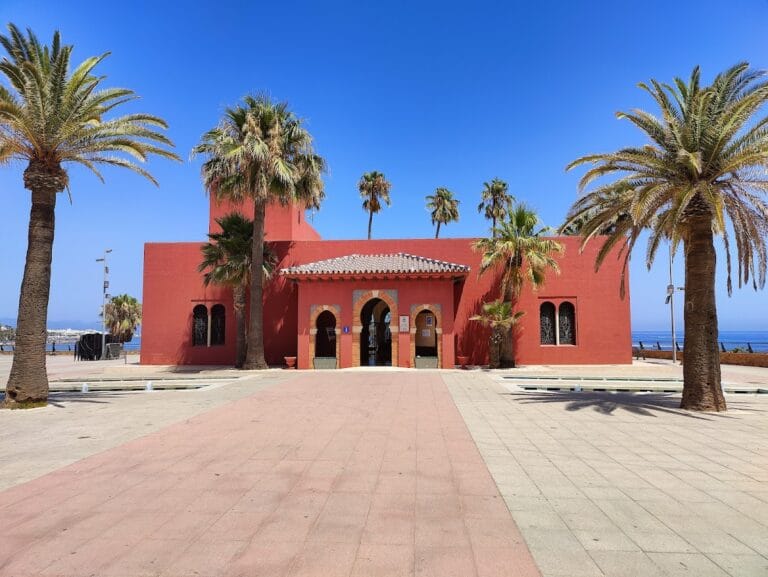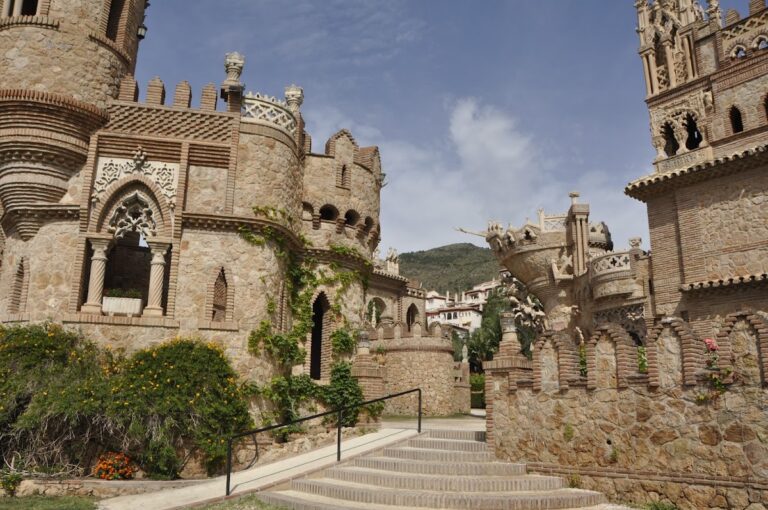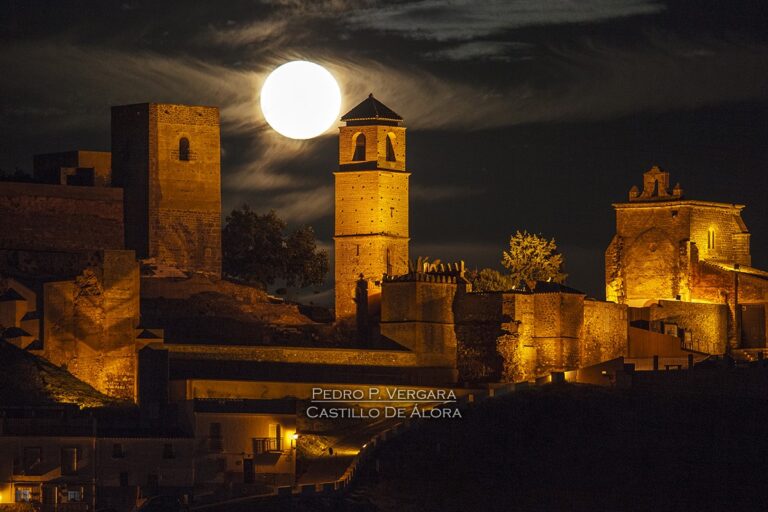Málaga Roman Theatre: An Ancient Roman Landmark in Spain
Visitor Information
Google Rating: 4.6
Popularity: Medium
Google Maps: View on Google Maps
Official Website: www.juntadeandalucia.es
Country: Spain
Civilization: Roman
Remains: Entertainment
History
The Málaga Roman Theatre is located in the historic center of Málaga, Spain. It was built by the Romans in the early 1st century AD, during the first years of the Roman Empire. This construction was part of a wider initiative to create public buildings that expressed the city’s new political, economic, and religious identity under Roman rule.
Before the theatre was constructed, the site contained thermal baths from the Republican period. These baths featured a distinctive opus spicatum, or herringbone-patterned, floor. When the theatre was built, the baths were moved to a nearby location, as the theatre partially overlapped their original foundations.
The theatre was actively used for about two hundred years. Its use declined notably by the late 2nd century AD, and it was completely abandoned sometime during the 3rd century. After falling out of use as a performance space, the theatre area was adapted for industrial purposes, specifically for fish salting. This is evidenced by the discovery of salting tanks, known as piletas, beneath the nearby Alcazabilla street, where the production of garum, a fermented fish sauce, also took place.
From the 5th century AD onward, the theatre site was transformed into a burial ground. Archaeologists have found double-pitched tile tombs, a type of early Christian grave, located on higher ground west of the current interpretation center. Over the centuries, the theatre remained buried beneath layers of urban development.
In 1951, construction work near the Casa de la Cultura uncovered large Roman remains. Initially, these were mistaken for a city gate, but further excavation revealed the structure to be a Roman theatre. After decades of archaeological work and debate, the Casa de la Cultura was demolished to allow full excavation and preservation of the site.
Remains
The Málaga Roman Theatre is medium in size and combines natural and artificial construction methods. Part of the seating area, called the cavea, is carved into the hillside, following Greek theatre design principles. The rest of the cavea rests on man-made foundations. This blend of techniques reflects Roman adaptation to the local landscape.
The theatre’s orchestra, the circular space between the stage and seating, is richly decorated with large marble slabs. The stage building, or scaena, has been partially reconstructed, including the original wooden floor. The stage backdrop once featured an ornamental façade with openings, columns, and sculptures, several of which have been recovered during excavation.
A vaulted corridor known as the Aditus Maximus served as the main entrance to the theatre. Adjacent to this entrance are stepped seating areas that were key elements uncovered during archaeological work.
Beneath the modern street level near the theatre, remains of the fish salting industry have been found. These include a series of piletas, or tanks, used for processing fish and producing garum. This industrial reuse followed the theatre’s abandonment as a performance venue.
Visible tombs from the later necropolis phase remain at a higher elevation west of the interpretation center. These graves are double-pitched tile tombs, typical of early Christian burial practices in the 5th century and later.
Overall, the site preserves a significant portion of the theatre’s structure, including seating, stage, and decorative elements, alongside evidence of its later industrial and funerary uses.
